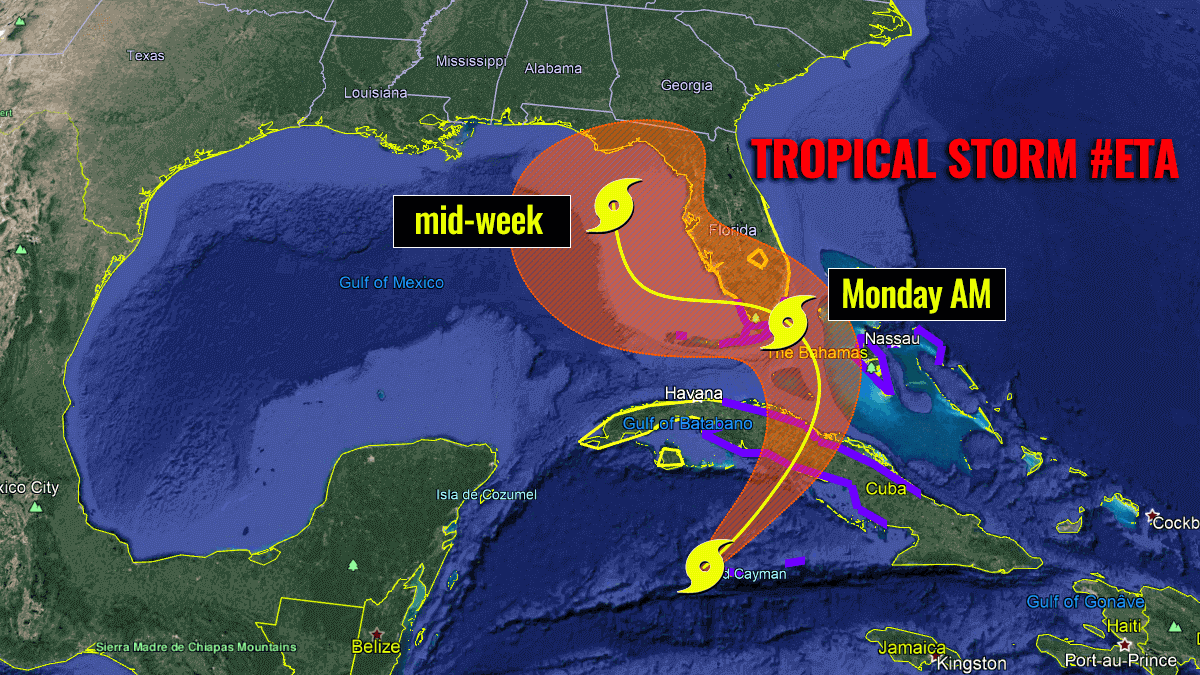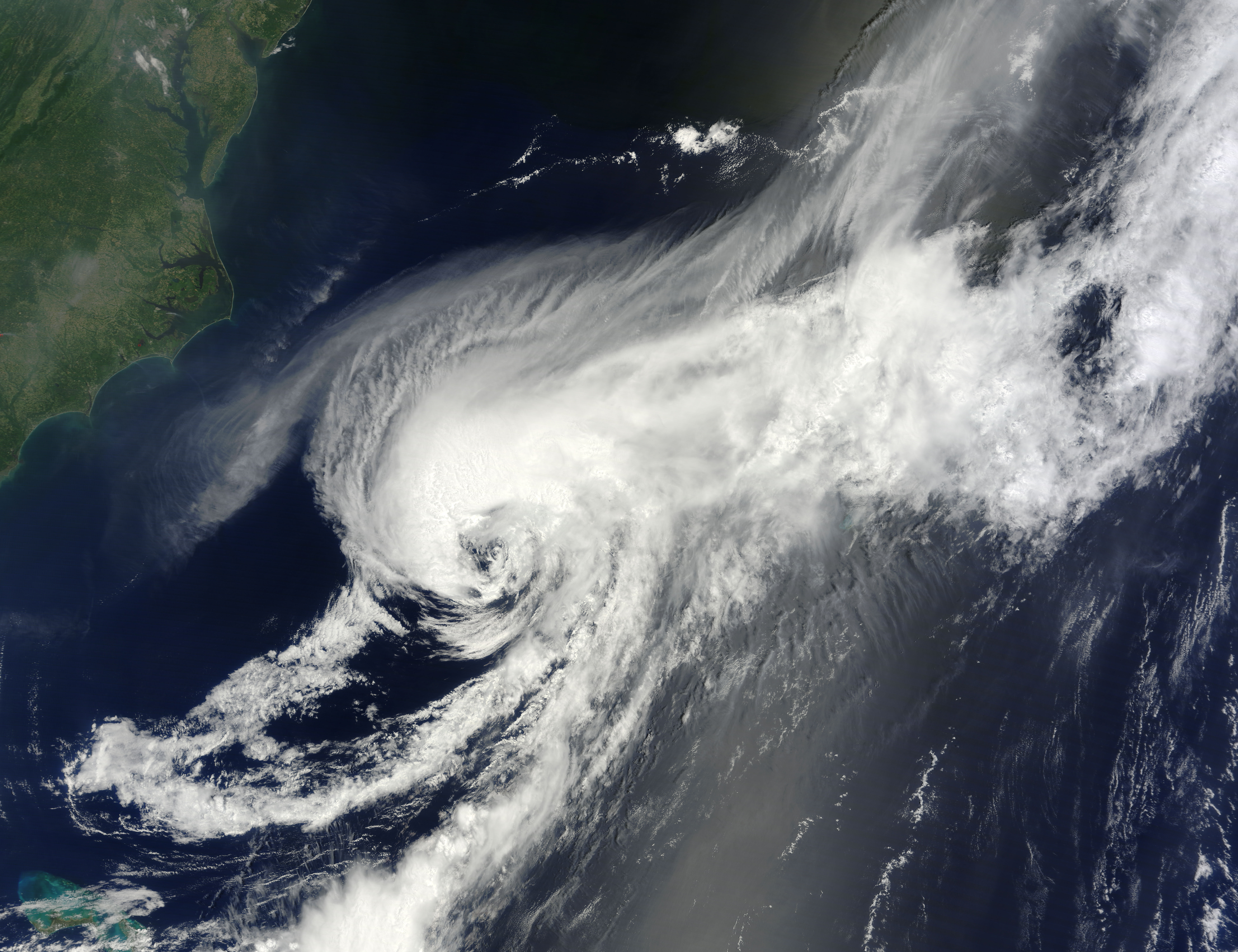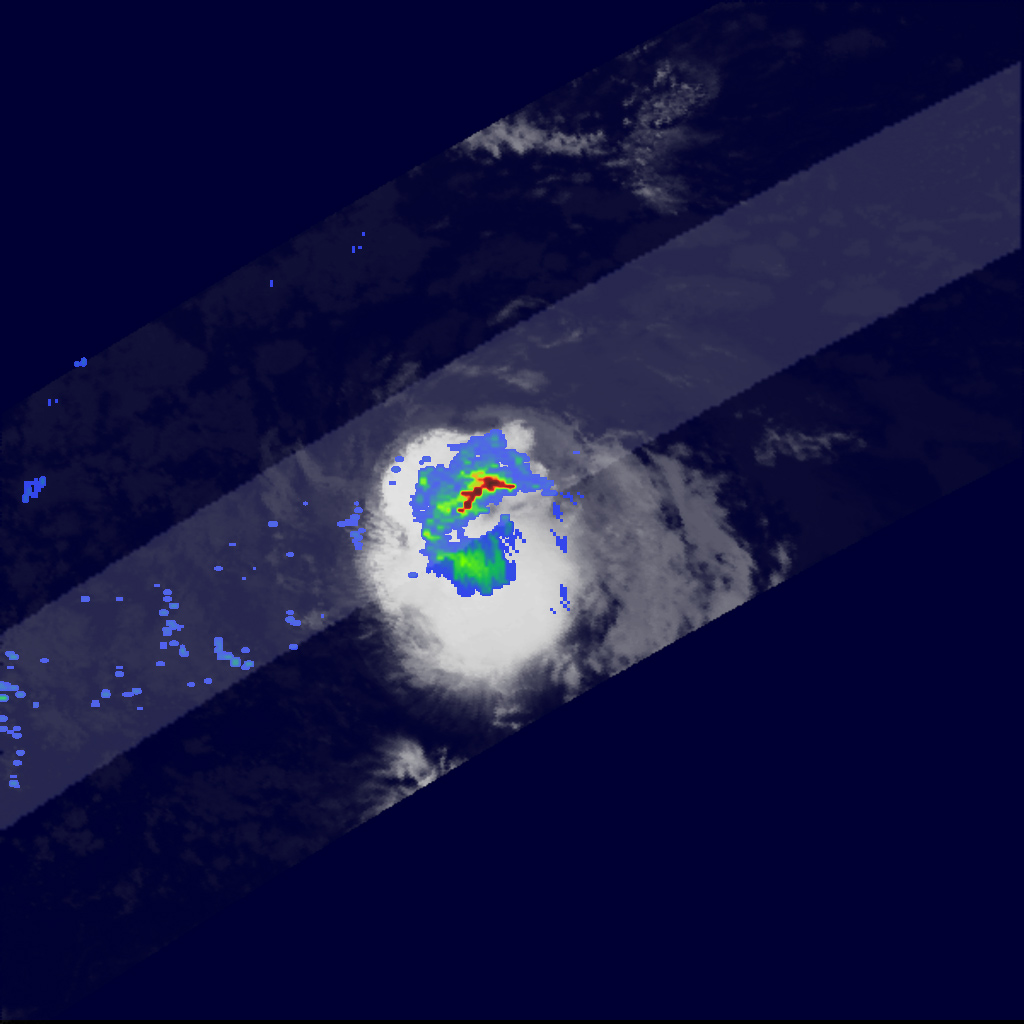Historical Context of Tropical Storm Debby and Hurricane Debby

The name “Debby” has been used for numerous tropical cyclones in the Atlantic basin since the early 20th century. These storms have varied in intensity, from tropical storms to hurricanes, and have impacted various regions, leaving behind a legacy of significant events.
Timeline of Tropical Storms and Hurricanes Named Debby
This section provides a chronological overview of tropical storms and hurricanes named Debby, highlighting notable events and their impact on affected regions.
- 1941: The first recorded tropical storm named Debby formed in the Atlantic basin in September 1941. This storm did not make landfall and dissipated over the open ocean.
- 1954: Hurricane Debby formed in August 1954 and made landfall in the United States, causing damage and flooding in Florida. The storm’s impact was particularly significant in the Tampa Bay area, where it brought heavy rainfall and strong winds.
- 1961: Hurricane Debby formed in September 1961 and impacted the Bahamas and the southeastern United States. The storm caused widespread damage and flooding in the Carolinas, leaving a trail of destruction.
- 1969: Tropical Storm Debby formed in June 1969 and remained over the open Atlantic, causing no significant impact on land.
- 1975: Hurricane Debby formed in August 1975 and made landfall in Texas. The storm brought heavy rains and strong winds to the state, causing significant damage and flooding.
- 1981: Hurricane Debby formed in September 1981 and impacted the Lesser Antilles. The storm brought heavy rains and strong winds to the region, causing damage to infrastructure and crops.
- 1989: Tropical Storm Debby formed in September 1989 and remained over the open Atlantic, causing no significant impact on land.
- 1995: Hurricane Debby formed in August 1995 and made landfall in Florida. The storm brought heavy rains and strong winds to the state, causing flooding and damage to property.
- 2000: Tropical Storm Debby formed in August 2000 and impacted the Bahamas and the southeastern United States. The storm brought heavy rains and strong winds to the region, causing flooding and damage to infrastructure.
- 2006: Tropical Storm Debby formed in June 2006 and remained over the open Atlantic, causing no significant impact on land.
- 2012: Tropical Storm Debby formed in June 2012 and made landfall in Florida. The storm brought heavy rains and flooding to the state, causing significant damage and power outages.
- 2016: Tropical Storm Debby formed in June 2016 and impacted the southeastern United States. The storm brought heavy rains and flooding to the region, causing damage to property and infrastructure.
- 2022: Tropical Storm Debby formed in June 2022 and impacted the southeastern United States. The storm brought heavy rains and flooding to the region, causing damage to property and infrastructure.
Meteorological Characteristics and Impact

Tropical Storm Debby and Hurricane Debby, despite sharing the same name, were distinct meteorological events with significant differences in their formation, development, and impact. While both storms originated in the Atlantic Ocean, their paths, intensities, and consequences differed significantly, resulting in varying impacts on human life and infrastructure.
Formation and Development
Tropical Storm Debby formed in the central Atlantic Ocean on June 22, 2012, and quickly intensified into a hurricane on June 24. Hurricane Debby, on the other hand, formed in the eastern Atlantic Ocean on September 10, 2012, and remained a tropical storm throughout its existence.
Meteorological Characteristics
- Tropical Storm Debby: Debby initially formed as a tropical depression and rapidly strengthened into a hurricane. It was characterized by a well-defined eye and strong wind speeds, reaching maximum sustained winds of 85 mph (140 km/h). Debby was a relatively compact storm, with a small diameter.
- Hurricane Debby: Debby, unlike its namesake, never reached hurricane status. It remained a tropical storm with maximum sustained winds of 70 mph (110 km/h). It was a larger storm, with a wider diameter, and was characterized by a less well-defined center.
Path and Intensity
- Tropical Storm Debby: Debby moved westward across the Atlantic, making landfall in Florida on June 26, 2012. It weakened significantly after landfall and dissipated over land. The storm’s intensity fluctuated during its journey, reaching Category 1 hurricane strength before landfall.
- Hurricane Debby: Debby moved northward across the Atlantic, staying well away from land. It remained a tropical storm throughout its journey, never reaching hurricane strength. It eventually dissipated over the open ocean on September 16, 2012.
Impact
- Tropical Storm Debby: Debby caused significant flooding and damage in Florida. The storm brought heavy rainfall, causing widespread flooding, particularly in the central and northern parts of the state. The storm also produced strong winds that caused downed trees, power outages, and structural damage. The storm was responsible for several deaths and significant economic losses.
- Hurricane Debby: Debby, being a weaker storm and staying far from land, did not cause any significant impact on human life or infrastructure. Its primary impact was on shipping and marine activities in the open ocean.
Response and Recovery Efforts: Tropical Storm Debby Hurricane

The response and recovery efforts for both Tropical Storm Debby and Hurricane Debby were significant, showcasing the challenges and complexities of dealing with such natural disasters. Both events required extensive mobilization of resources, coordination among various agencies, and community resilience in the aftermath. This section examines the response and recovery efforts for each storm, highlighting the lessons learned and the impact on affected communities.
Response Efforts, Tropical storm debby hurricane
The response efforts for both storms involved a coordinated effort between local, state, and federal agencies. Emergency services, evacuation procedures, and disaster relief were crucial components of the response.
| Response Effort | Tropical Storm Debby | Hurricane Debby |
|---|---|---|
| Emergency Services | The National Weather Service issued numerous warnings and advisories leading up to the storm, urging residents to take precautions. Local emergency services were activated, including fire departments, police, and medical personnel. | The National Hurricane Center issued hurricane warnings and watches for the affected areas, prompting extensive preparations. Emergency services were mobilized, including the National Guard, Coast Guard, and local first responders. |
| Evacuation Procedures | Mandatory evacuation orders were issued for low-lying areas and coastal communities, with evacuation shelters set up for those displaced. | Large-scale evacuations were implemented, with residents in coastal areas and low-lying regions urged to seek higher ground. Evacuation shelters were established to accommodate those who evacuated. |
| Disaster Relief | The Federal Emergency Management Agency (FEMA) activated its disaster response teams and provided financial assistance to affected individuals and communities. | FEMA deployed emergency response teams, providing immediate relief and assistance to those impacted by the hurricane. Financial aid was also provided to assist with rebuilding efforts. |
Recovery Process
The recovery process after both storms involved rebuilding infrastructure, restoring essential services, and addressing the long-term needs of affected communities. Community support played a vital role in the recovery process, with residents and organizations working together to rebuild and recover.
Tropical Storm Debby
The recovery process after Tropical Storm Debby focused on repairing damaged infrastructure, such as roads, bridges, and power lines. The storm caused significant flooding, leading to widespread damage to homes and businesses. Community organizations and volunteers played a crucial role in assisting with cleanup efforts, providing temporary housing, and offering emotional support to those affected.
Hurricane Debby
The recovery process after Hurricane Debby was more complex and challenging, due to the widespread devastation caused by the storm. The rebuilding efforts involved restoring power, repairing damaged homes and businesses, and addressing the long-term needs of displaced residents. The recovery process required significant financial assistance, both from government agencies and private organizations. Community support was crucial, with residents and organizations working together to rebuild their lives and communities.
Lessons Learned
The response and recovery efforts for both Tropical Storm Debby and Hurricane Debby provided valuable lessons for disaster preparedness and mitigation.
The importance of early warning systems and timely communication were crucial in minimizing the impact of the storms.
The storms also highlighted the need for robust evacuation plans and the importance of community preparedness in the face of natural disasters.
The response and recovery efforts demonstrated the importance of collaboration and coordination among different agencies and organizations in responding to and recovering from natural disasters.
The lessons learned from these storms have been incorporated into disaster preparedness strategies and have helped to improve the response and recovery efforts for subsequent events.
Tropical storm debby hurricane – Tropical Storm Debby left a trail of destruction, but amidst the chaos, a glimmer of resilience emerged. The sturdy craftsmanship of Carolina Chair and Table provided a sense of normalcy and comfort for those affected by the storm. Their commitment to quality and design brought a touch of elegance and stability to a landscape marked by uncertainty, reminding us that even in the face of adversity, beauty and strength can endure.
Tropical Storm Debby brought heavy rains and strong winds, leaving many people without power. It’s a reminder that even in the midst of a storm, we can find comfort in simple things. A table mate folding chair might not seem like much, but it can offer a stable, comfortable place to work or eat, even when the world outside is chaotic.
And that’s what we need most during difficult times: a little bit of normalcy and a sense of calm.
